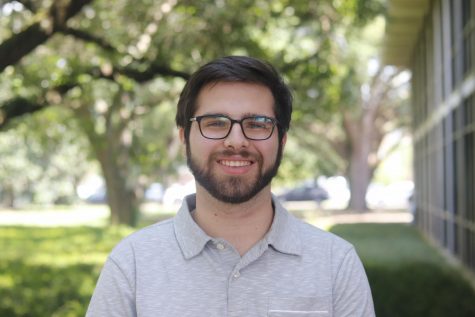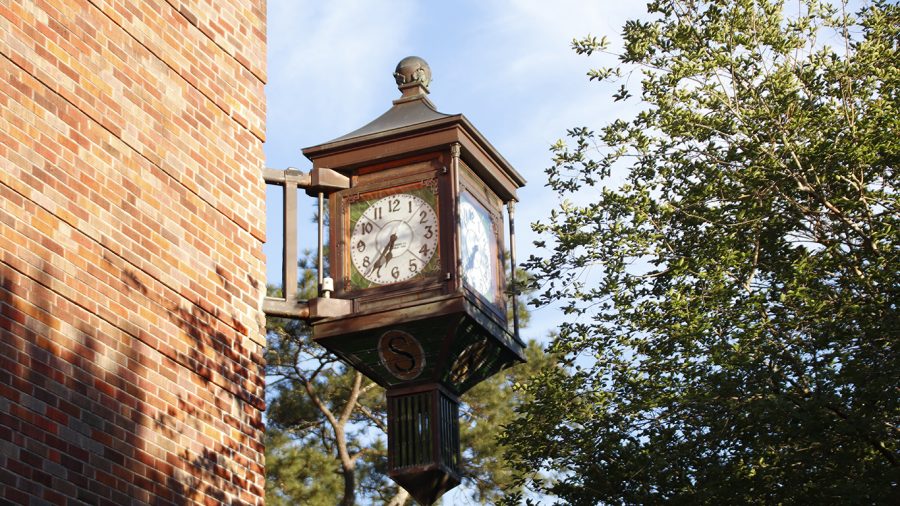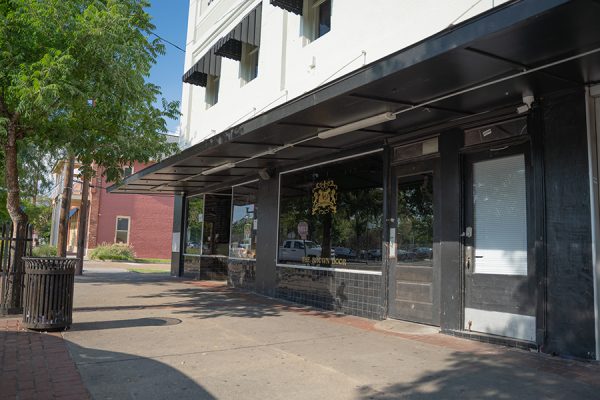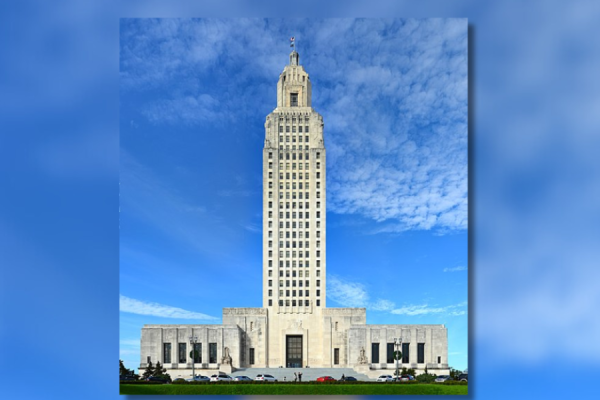Nation-wide enrollment trend raises budgetary concerns
Prakriti Adhikari/The Lion’s Roar
With the majority of the university’s operating budget coming from student tuition and fees, the university is concerned that the expected nation-wide drop in enrollment will affect the university as well.
As universities across Louisiana have begun to consider plans to reopen in the fall, educational leaders and state lawmakers have brought up concerns about budgetary impacts that have emerged from the COVID-19 pandemic.
According to the New York Times article “After Coronavirus, Colleges Worry: Will Students Come Back?” colleges and universities around the nation are expected to see a 15% drop in enrollment nationally. That would amount to a revenue loss of about 23 billion dollars for higher education facilities overall.
Sam Domiano, vice president for administration and finance, explained that the university shares concerns over the potential impact the ongoing pandemic will have on higher education.
“Southeastern is committed to remaining focused on student success,” said Domiano. “As such, we will continue to maintain the student experience and quality of education as our highest priority. The university continues to monitor the situation and is working to prepare for whatever financial impact may materialize.”
Domiano explained that the changing landscape of higher education funding has made the university more reliant on its own funds, meaning a possible reduction in state support will not make as big of an impact.
“Given the reduction in state support over the past decade, the majority of the university’s operating budget is derived from self-generated funds, primarily funds, primarily from student tuition and fees driven by enrollment,” shared Domiano. “While it is always possible that these types of events change spending patterns in various ways, there are no plans for specific cuts at this time.”
Despite the expected nationwide drop in enrollment, Domiano shared that the university’s enrollment for the summer and fall semesters has remained strong. This is a factor that Domiano believes is a positive sign for the budget.
“At this point, our enrollment for both summer and fall remains strong, and we are hopeful that there will be no significant changes in student numbers,” said Domiano.
Dr. Kay Maurin, chief enrollment management officer, further elaborated on the current state of the university’s enrollment.
“Right now, our enrollment is still looking strong, and we are confident that we will have
a stable enrollment this fall,” explained Maurin. “For that reason, there should really be no significant impact on the university’s resources tied to self-generated funds.”
Domiano explained that although the university is not yet fully aware of how the pandemic will affect the budget, they remain committed to helping students through an unprecedented situation.
“In addition to our focus and commitment to student success, we will also continue to work in assisting students in whatever ways possible,” said Domiano. “We do know that many students may face very different situations that they did before this started.”
Maurin shared a similar sentiment.
“As we continue to plan for how to return to campus, we also remain confident in our ability to meet student needs,” said Maurin.
Your donation will support The Lion's Roar student journalists at Southeastern Louisiana University.
In addition, your contribution will allow us to cover our annual website hosting costs.
No gift is too small.

Dylan Meche is a Political Science major from Baton Rouge and serves as Opinions Editor. He has been a reporter for The Lion's Roar since August of 2019....






